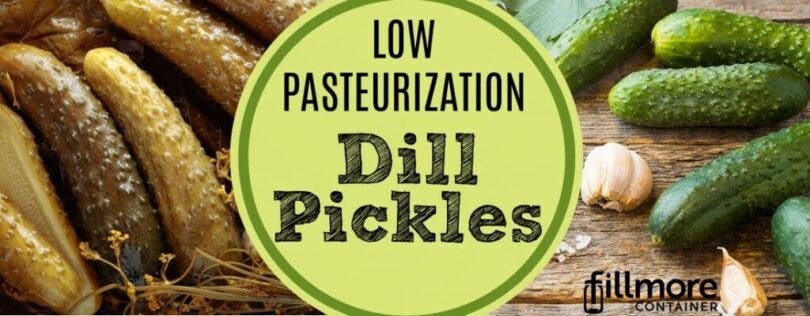
How to Use Low Temperature Pasteurization for Pickles
(Updated May, 2023)
A few years ago, we hosted a hands-on canning class, taught by Marisa McClellan of Food in Jars. The class was on how to use low temperature pasteurization for pickles. If you aren’t familiar with this preserving method, we’ve got all the details below.
What is low-temperature pasteurization?
It is a preservation technique in which you simmer your filled jars in water that’s between 180°F and 185°F; for a longer period of time than you would in a boiling water bath canner. The longer, lower temperature allows you to kill off bacteria while achieving the goal of retaining a firmer texture pickle. Here are the basics of the preserving method along with the pickle recipe that we made during the class.
What do I need?
All you need to try out this style of preserving is a canning pot, an adjustable heat source, and a reliable thermometer. You may need to practice a little to figure out how to get your water to maintain the proper temperature. However, once you do, you’ll be rewarded with crisp, snappy pickles!
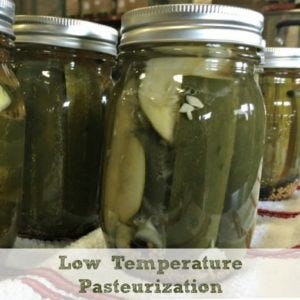
Yield: 10 pints
- 6 pounds pickling cucumbers
- 3 cups apple cider vinegar
- 3 cups water
- 3 tablespoons pickling salt
- 1 teaspoon dill seed per jar
- 1 teaspoon peppercorns per jar
- 1 teaspoon mustard seeds per jar
- 1-2 garlic cloves per jar
-
Prepare a low-temperature pasteurization pot and 10 pint jars.
-
Wash cucumbers well. Trim away the blossom end, which is a very important step. While trimming the cucumbers may seem wasteful, there’s an enzyme (pectinase) that will cause your pickles to become soft. Trim about 1/16 inch from that blossom end before pickling. After trimming, cut cucumbers into halves, spears, or coins.
-
Combine the apple cider vinegar, water, and pickling salt in a saucepan or 4th burner pot (rack removed) and bring to a boil. (Read more about our versatile 4th burner pot here.)
-
Portion the spices and garlic cloves into the prepared jars. Pack the cucumbers into the jars and add the brine, leaving 1/2 inch headspace.
-
Using a wooden chopstick, wiggle out any trapped air bubbles, and add more brine, if necessary.
-
Wipe the rims, apply the lids and rings, and process in a boiling water bath canner or in a low-temperature pasteurization pot for 25 minutes at 180F.
-
When the time is up, remove the jars and set them on a folded kitchen towel to cool.
-
When the jars have cooled enough that you can comfortably handle them, check the seals. Sealed jars can be stored at room temperature for up to a year. Any unsealed jars should be refrigerated and used promptly.
As noted above, clip a thermometer on your water bath canner to monitor that the water temperature stays between 180°F and 185°F;
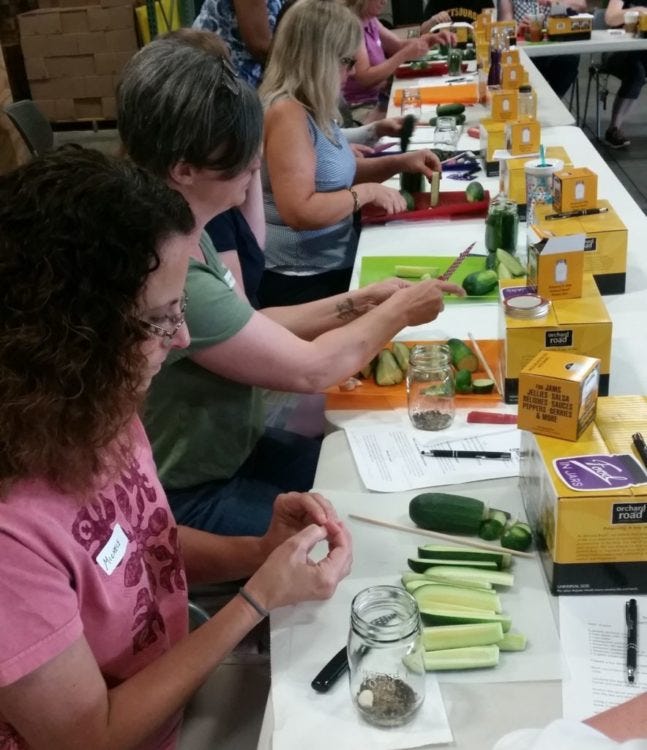
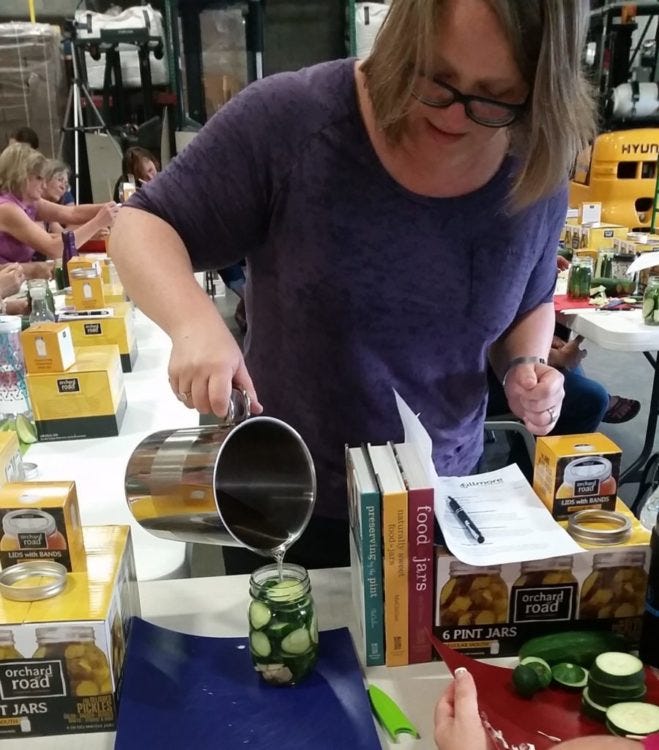
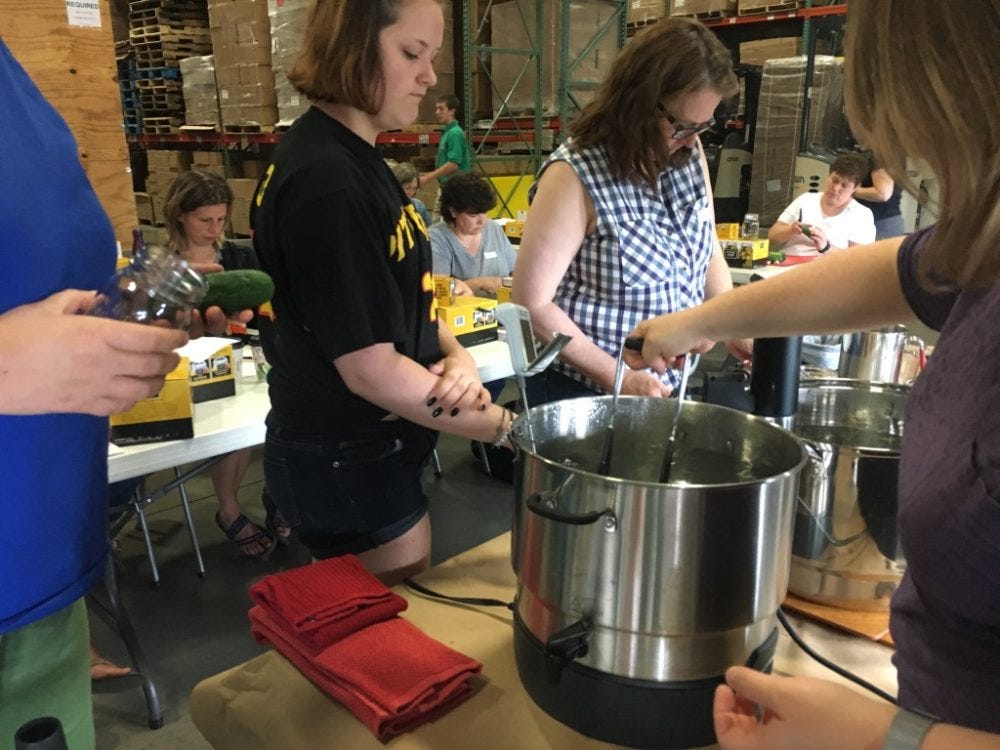
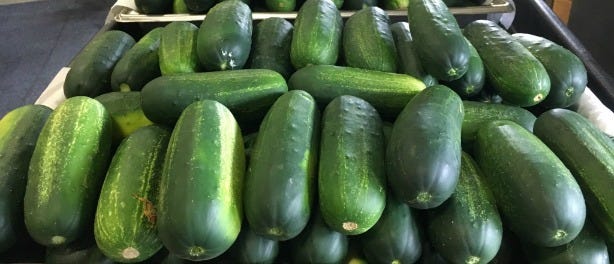
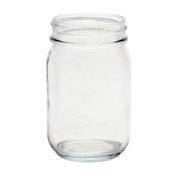
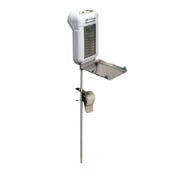
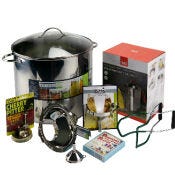
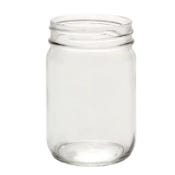

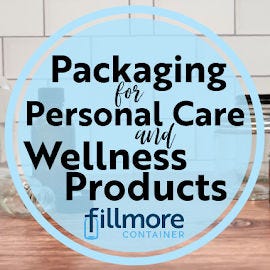

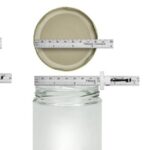

I have to say that in my opinion,the best way to get a crispy crunchy pickle is using the pickling lime method.Doesn’t matter if it’s a sweet cucumber pickle or any kind of dill…as long as you follow the direction with the pickling lime,which is usually soaking your product in the lime solution,rinsing and going forward with your brine,spices,garlic,sugar…whatever you choose for flavor…you are guaranteed a crisp and crunchy pickle…processing time is the same as with any pickle product.I have even made sweet green tomatoe pickles this way…crisp as can be.At any rate,this is how I make mine,and have never been disappointed.Just thought I’d pass that on.
If I do not wish to use vinegar, only water, salt and spices to do a Lacto Fermented process, will warming the water in the jars and following your suggests above work for Lacto Fermented pickles
This would be a very different process. I’d refer you to Amanda Feifer of Phickle (www.phickle.com) for the lacto fermented pickling questions.
Sounds good. I’m going to try this. Two questions:
1. I assume you don’t put the jars in the pot until the temperature is right. When you do, do you need to wait until it comes back to 180, or do you start timing right away?
2. Can this be adapted for quart jars?
Thanks, Tom
Hi Tom, You are correct….you want to have the water at least at 180 before you put the filled jars in. Because the jars will lower the temperature, it’s helpful to have the water a little hotter than the 180. Yes, you wait until the temp of 180 is reached before starting your timer. In addition, if it goes below the 180, you need to start over after bringing it back up to the 180.
Does this temp and time work for other pickle recipes?
If you have a particular recipe you’d like to try with Low Temperature Pasteurization, I’d encourage you to reach out to your local extension office or the National Center for Home Food Preservation.
How long would pasteurize gallon jars?
Hi Jean,
This recipe and preserving method is written for pint jars. I’d encourage you to seek out your local extension office, or the National Center for Home Food Preservation
Yes…that can work!
Can the low temperature method be used to pickle other vegetables like carrots and zucchini, or for making chow chow or corn relish?
Can a sous vide unit be used for this process?
Hi Ron, We haven’t seen low temp pasteurization recipes for other vegetables. I would recommend that you reach out to someone at the NCHFP or your State Extension Office to see what recommendations they have. On the sous vide unit…yes, you can! It’s actually one of the best ways to more accurately monitor the temperature, which is quite important in the low temp pasteurization process.
Can you also do this in quarts.
Hi Rachel, I can not find any approved recipes that state times for quart jars, which might indicate this is best for pint jars. In the sources we quote, it actually doesn’t state which jar. We’d recommend reaching our to your local state extension office to see if there have been any updates on those recommendations.